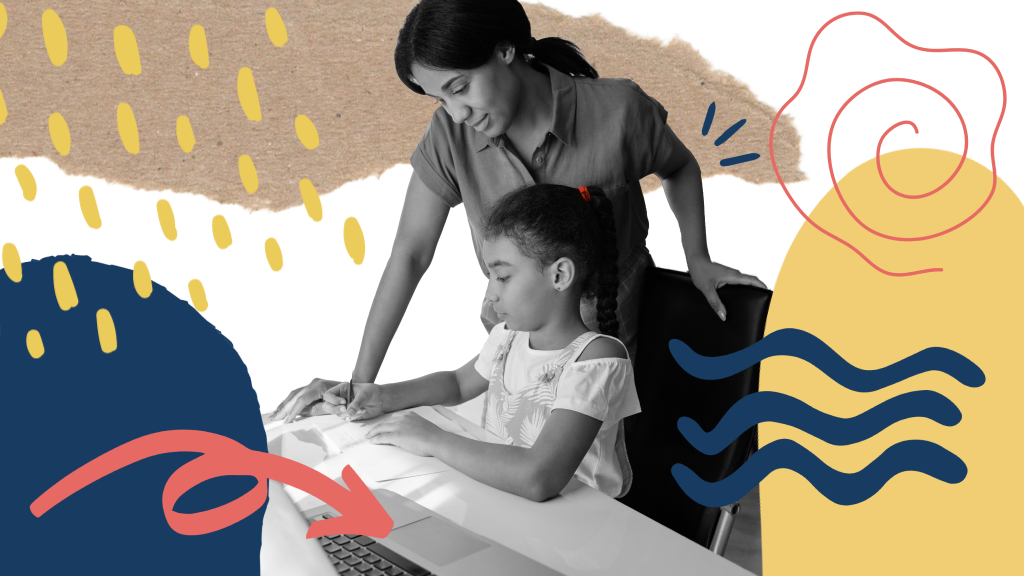Schooling at Home vs Homeschooling: What’s the Difference?
11 Feb 2021

Before we dive into the underlying differences, let’s look at the basics for how schooling at home differs from homeschooling.
Homeschooling: Flexible schedule, choose your curriculum, self-paced, highly interactive, with strong roots in personalized learning. Experimentation and curiosity play an important role.
Schooling at home: Set schedule, set curriculum, standard testing, video classrooms, set assignment due dates, set grade ranges.
Do you see the difference? Of course, you do. Let’s go deeper than that.
Fundamental differences
The homeschooling mindset comes from a desire to support every child in discovering their passion, and to embrace the freedom to pursue their own interests while learning what they need to know, in their own way.
As the National Home School Association puts it: “For real learning to take place children cannot be coerced, bribed or otherwise forced. They need to be genuinely interested in the subject matter and see the relevance to their lives.”
Homeschooling means the parent is in charge of the curriculum. They set the schedule, guide the child, and learn throughout the day with as much or as little structure as deemed most fitting.
Bethany Mandel–homeschool mother and writer–says this about the role of home education vs schooling at home during the pandemic: “Many school districts have attempted to shift schooling to home, but you cannot simply school at home. That’s why many homeschoolers call what they do ‘“home education,”’ not homeschooling. Home education involves an understanding that children can learn while doing everyday tasks; baking can teach math, science, and home economics. Sitting on the couch reading Charlotte’s Web to kids in grades five and three and kindergarten counts as ‘“school.”’ So does taking a nature walk and creating a nature journal.”
Schooling at home, or rather, “Distance Learning,” takes on a different flavor.
As stated before, the student is going through the same curriculum they would be if experiencing it within a school building. They maintain due dates from an outside source and keep to the school-day schedule.
When distance learning, students are still being driven by teachers, test scores, exams, and learning objectives.
Simply put, distance learning is teacher-led, and homeschooling is parent/child-led.
The systems that propel both methods are equally able to produce a successful student, but it’s in how that success is measured where another strong difference lies.
With homeschooling, success is measured by exploring interests, building projects, practicing innovation, the application of information gleaned from a subject, and results.
When schooling at home, success is measured by turning assignments in on time, being present for classes, contributing to the lesson when called on, memorization, and grades.
It’s up to each family to determine what works for their unique situation. The options are limitless, as long as the student is growing, learning, and feeling supported in their education.
Calvert Education wrote an excellent post covering some pros and cons of homeschooling.
What meets the needs of your family unit?
Read More

Human Trafficking: Understanding the Impact and How to Help

A Guide to Social Emotional Learning for Homeschooling Parents

How to Help Your Child Deal With Online Harassment

Online Safety for Parents: How to Safeguard Your Child in the Digital World


